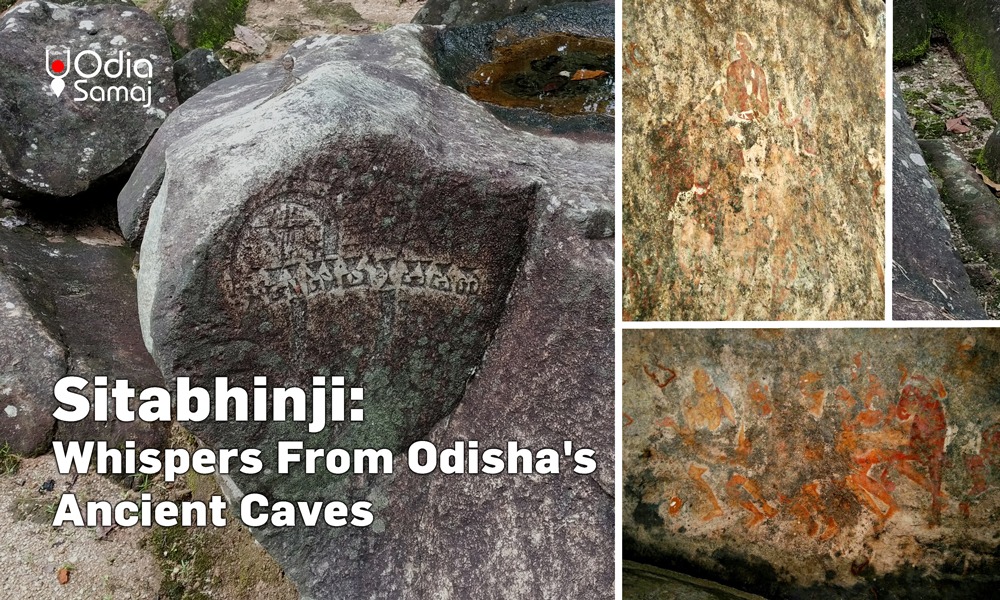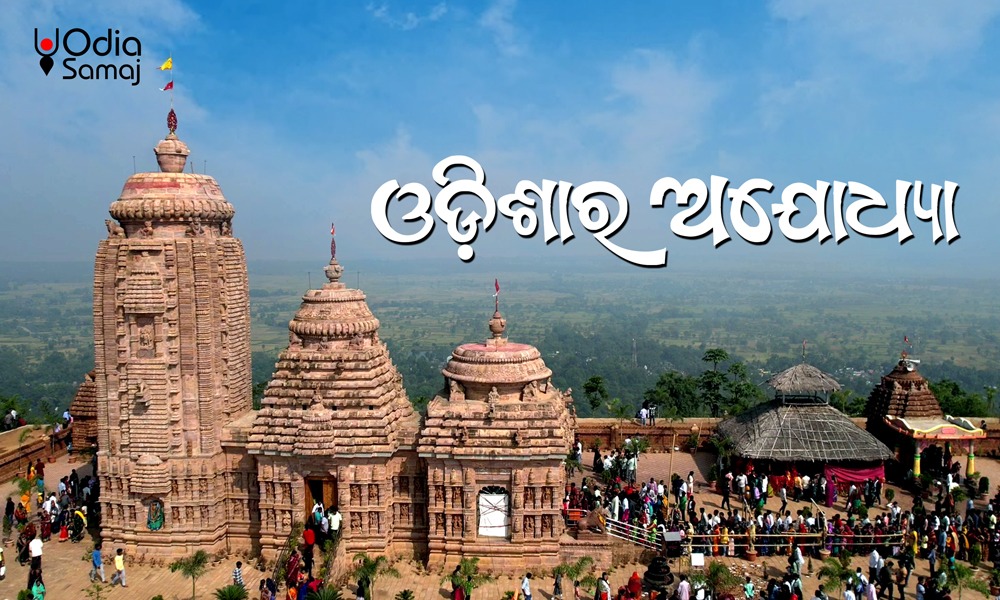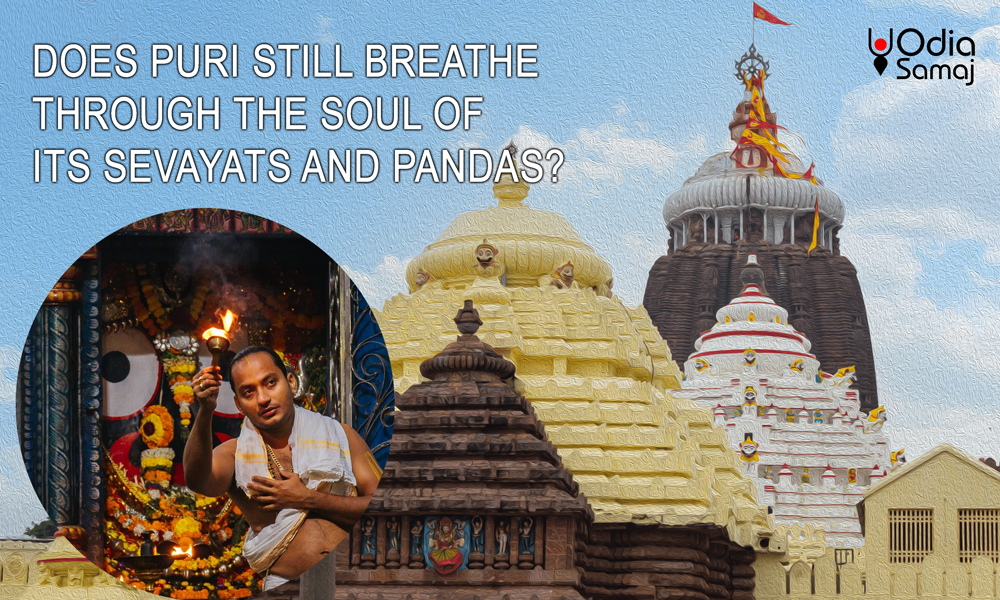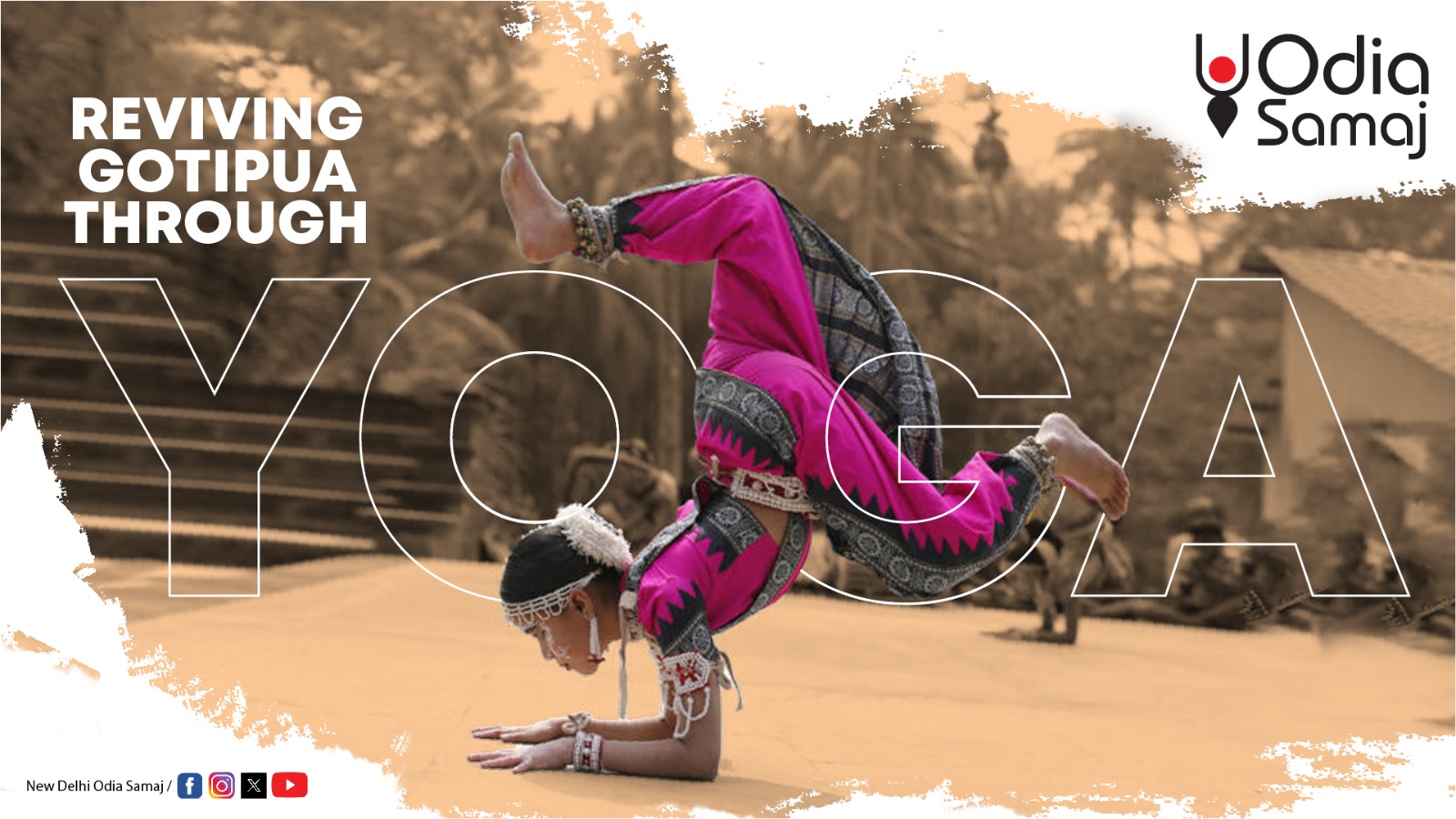MUDTUPU: The Dying Folk Art of Odisha
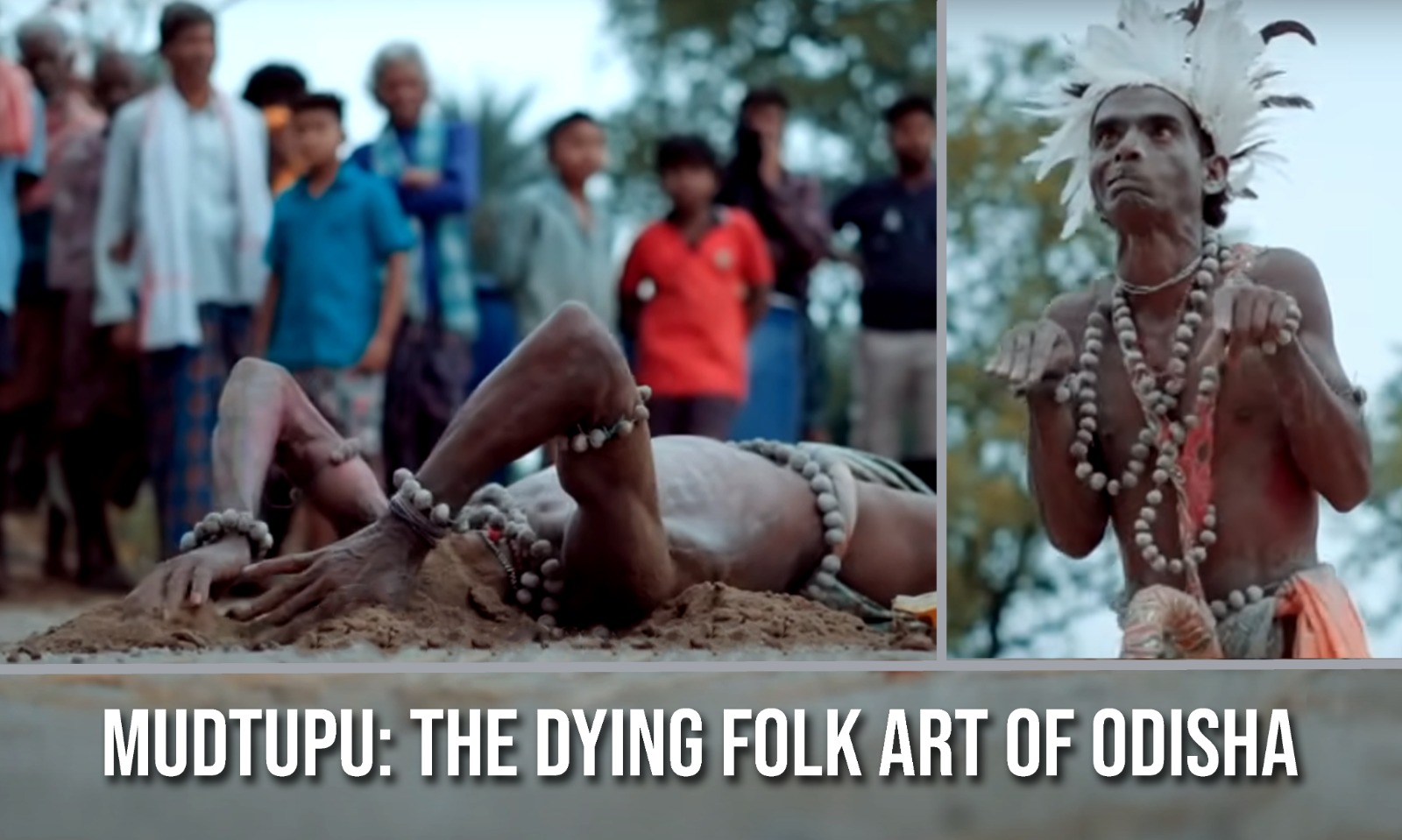
In the quiet hills of interior Odisha,
where dusty trails wind past forgotten hamlets and life moves to the rhythm of
survival, an ancient, unsettling act continues to unfold. It's called Mudtupu—a ritual in which a man buries his head in the ground, not in shame or defeat,
but in desperate hope. Hope for a few coins. A fistful of rice. A day’s meal.
This isn’t a metaphor. For the Mundapota
Kela community, Mudtupu is real. It’s performance. It’s endurance. It’s art.
But above all, it’s survival.
A
Community Left Behind
The Mundapota Kela are a denotified
tribe, believed to have migrated decades ago from Andhra Pradesh’s Rayalaseema
region. Today, they live across parts of Odisha and Andhra, scattered across
remote villages and forest edges—places where roads fade, services vanish,
and identities are invisible.
They live in makeshift huts built with
mud, thatch, plastic, and palm leaves, usually on government land — land
they’ve occupied for generations but don’t legally own. Most have voter ID
cards. A few hold ration or job cards. But crucially, they lack land pattas and
caste certificates—the golden keys to government benefits.
Many identify as Scheduled Caste, using
surnames like "Sikari." But without proof, the state doesn’t
recognize them. Their children are denied scholarships. Their elders can’t
claim pensions. Officials still label them as nomads, even though they’ve lived
in the same place for over four decades.
Mudtupu:
When Art Meets Desperation
The performance begins in a village
square. The man, dressed in rags and strapped with a makeshift horse frame,
dances in circles — a folk tradition called Ghoda Nacha. His wife beats a drum
to gather a crowd, while barefoot children twirl beside them.
Then comes the climax — he lies flat on
the ground, digs a shallow pit, and buries his head in the soil. For minutes,
he lies still, breath held, face unseen. The crowd gasps. Coins clink into a
bowl. Someone drops some rice. The wife continues drumming, occasionally
appealing for alms.
It’s a chilling act — one part
endurance, one part theatre, all wrapped in quiet pain. The community calls it
tradition. But let’s call it what it is: a ritual of survival.
Fading
Applause, Shrinking Crowds
Once, Mudtupu drew attention and
modest earnings. But now, fewer people pause to watch. Entertainment has
shifted to smartphones, and curiosity has faded. The performer is no longer met
with awe, but with indifference. “No one cares anymore,” says a woman from a nearby
village. Her husband once performed these acts, but passers-by would barely
notice. Today, she weaves brooms and mats to sell at the weekly market—a
livelihood that, at the very least, offers some return.
Like her, many in the community are
seeking alternative means of survival—crafting mats, working as agricultural
labourers, or gathering forest produce like honey. But these jobs are seasonal
and unreliable. On most days, there’s little work—and hunger remains a
constant companion.
Life
Without Basics
In the hills of Daspalla block, where
many Mundapota Kela families live, there are no proper roads. No electricity.
No health centres. No piped water. Women and children spend hours each day
walking miles to fetch water under the blazing sun. They live in isolation —
not just geographically, but socially.
They come down from the hills only once
a week, to attend the haat (weekly market) and buy essentials like salt and
kerosene. It’s a routine shaped by exclusion.
The
COVID Collapse
Then came COVID-19. Lockdowns shut down
markets. Public gatherings came to a halt. Performances vanished. The few
rupees they could scrape from the streets disappeared overnight. The government
provided some relief — a few kilos of rice, a one-off cash benefit. But for a community without documents,
even that was not guaranteed.
Begging became harder, more shameful.
And yet, it remained their only option.
A
Stigma Carried for Generations
History, too, has been unkind. In 1871,
the British branded several tribal and nomadic groups as "criminal
tribes" — including the Mundapota Kela. The stigma stuck. Even after
India’s independence and the repeal of the Criminal Tribes Act in 1952, little
changed. The 2008 Balakrishna Ranke Commission noted that denotified tribes
like this one continue to suffer from deep-rooted prejudice and neglect.
Excluded from both the Scheduled Caste
and Scheduled Tribe lists, Denotified and Nomadic Tribes (DNTs) still fall
through the cracks of India’s welfare net. They remain uncounted, unrecognised,
and unheard.
Promises
and Pitfalls
There is some movement. Local officials
in Daspalla say they are working to provide pensions, subsidised rice, and
drinking water through tube wells. It’s a step forward. But what’s truly needed
is systemic inclusion — legal identity, land rights, education, health access,
and above all, respect.
The Indian Constitution promises
equality — regardless of caste, creed, or livelihood. Yet, for the Mundapota
Kela, those rights remain on paper.
More
Than a Performance, A Plea
Mudtupu is not just a dying folk art. It
is a silent scream. A symbol of resilience. A cultural act that hides a
humanitarian crisis.
As India celebrates its 75th year of independence and hails its growth on global stages, let’s also look underground — to those who still bury their heads in soil just to eat. Their stories matter. Their traditions matter. And their dignity matters.
Let’s not just preserve their art.
Let’s restore their humanity.
It’s time we stop applauding the spectacle… and start acknowledging the struggle.
